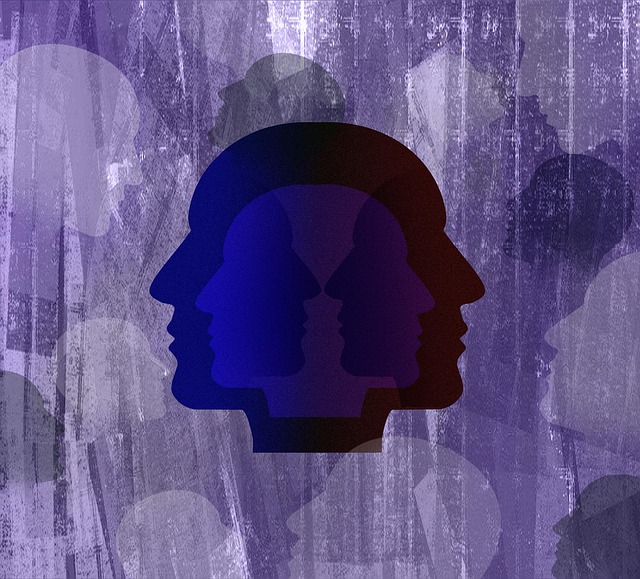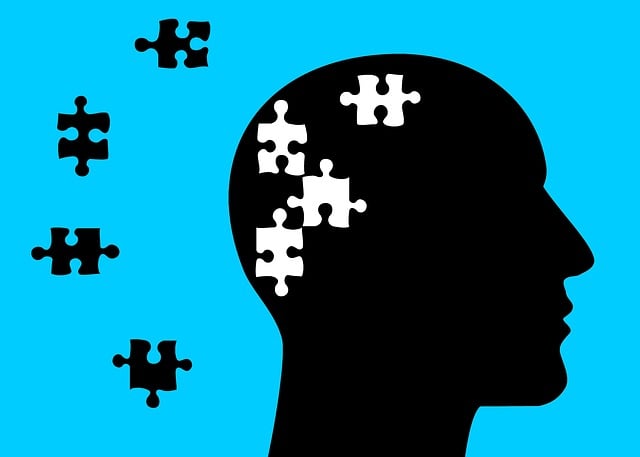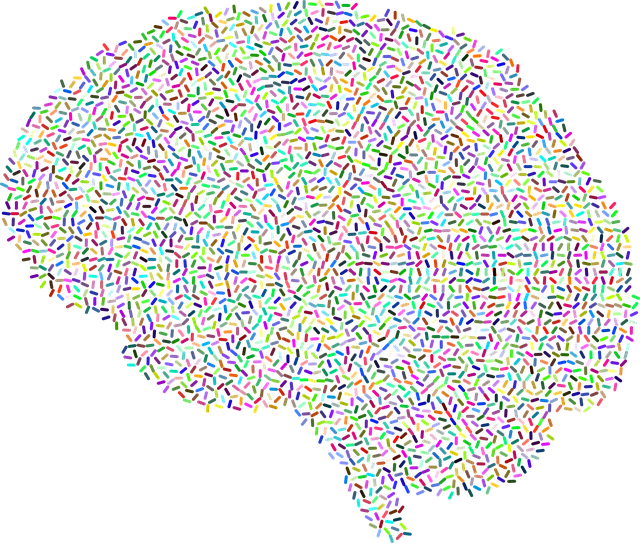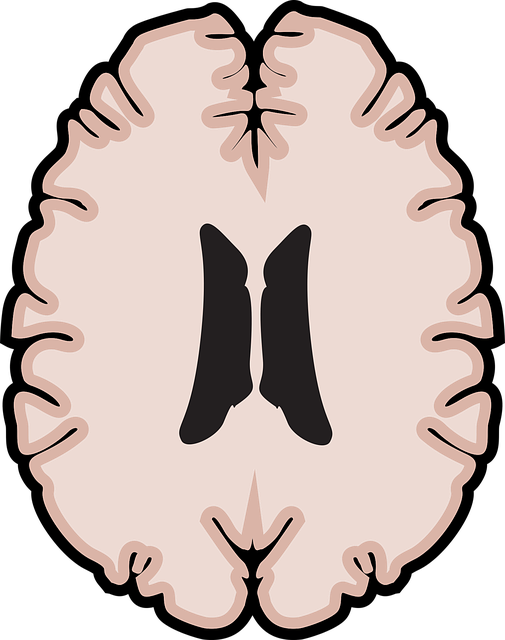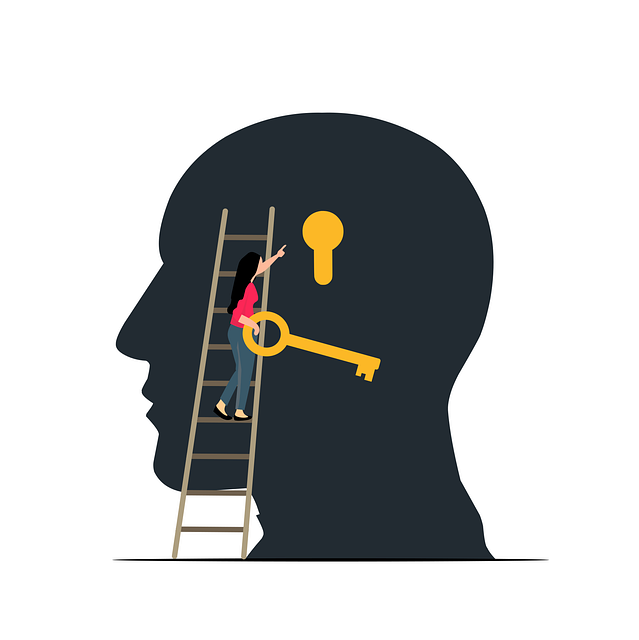Digital mental wellness apps tailored for adolescent teens offer accessible and engaging solutions to support their unique emotional needs, particularly during identity formation years. These apps incorporate evidence-based practices like mindfulness principles, guided meditation, and cognitive behavioral therapy exercises to reduce anxiety and promote stress management. By fostering peer connections and emotional intelligence through interactive workshops and journaling, these platforms create a supportive community for teens' mental health development. Effective marketing strategies leverage social media influencers and targeted partnerships with educational institutions to reach and engage this digital native audience, ensuring the app's success in addressing adolescent mental health challenges.
Mental wellness app development is revolutionizing therapy for adolescent teens, offering digital tools tailored to address their unique mental health needs. This article explores key aspects of creating effective apps focused on mindfulness practices and integrating evidence-based therapies. We delve into user experience considerations to ensure teen engagement, as well as marketing and distribution strategies to make these valuable resources accessible. By harnessing the power of technology, we can foster healthier minds among our youth.
- Understanding Adolescent Mental Health and the Need for Digital Tools
- Designing an App with a Focus on Mindfulness Practices
- Integrating Evidence-Based Therapies into the Digital Platform
- User Experience Considerations for Teen Engagement
- Marketing and Distribution Strategies for Wellness Apps Targeting Teens
Understanding Adolescent Mental Health and the Need for Digital Tools

Adolescent mental health is a critical area of focus due to the unique challenges and emerging identities experienced during teenage years. This period is marked by significant cognitive, emotional, and social development, making it crucial to address any mental health concerns early on. Many teens struggle with issues such as anxiety, depression, and stress, often stemming from academic pressures, peer relationships, and self-discovery. The need for accessible and engaging therapy solutions is evident, especially considering the growing acceptance of digital tools in healthcare.
Digital platforms offer a promising approach to providing mental health support to adolescent teens. Apps designed with mindfulness practices at their core can empower young individuals to take control of their emotional well-being. By incorporating evidence-based techniques, such as Mind Over Matter principles and emotional regulation strategies, these apps can help users develop healthy coping mechanisms. Moreover, community outreach program implementations within digital tools can foster a sense of belonging and peer support, addressing the social aspect of adolescent mental health.
Designing an App with a Focus on Mindfulness Practices

In today’s digital age, mental wellness apps have become a game-changer for adolescents seeking therapy and mindfulness practices tailored to their needs. When designing an app with a focus on mindfulness, it’s crucial to create an engaging yet therapeutic environment that resonates with teen users. Incorporating features like guided meditation sessions, breathing exercises, and daily affirmations can help promote coping skills development and anxiety relief. These tools not only enhance stress management but also foster a sense of calm and self-awareness among young individuals.
Additionally, the app should offer interactive workshops organized around themes such as mindfulness in everyday life, emotional intelligence, and healthy habits. By engaging teens in these activities, the app can effectively support their journey towards better mental health. Through regular practice, users can learn valuable coping mechanisms that contribute to stress management and overall wellness, ensuring a more balanced and fulfilling adolescence.
Integrating Evidence-Based Therapies into the Digital Platform

In the realm of mental wellness app development, integrating evidence-based therapies is a game-changer for reaching and supporting adolescent teens. Platforms like these have the potential to revolutionize access to care by offering tailored interventions that cater to the unique needs of young minds. Incorporating practices such as mindfulness, which has gained significant traction in the field, can equip teens with powerful tools for self-regulation. By teaching users Mind Over Matter principles, these apps empower them to manage their moods and foster positive thinking patterns—essential components of a holistic therapy approach.
Designing digital solutions that seamlessly blend evidence-based techniques ensures a more engaging and effective experience. Incorporating features like guided meditation, cognitive behavioral therapy (CBT) exercises, or mood tracking can create an interactive environment where teens actively participate in their mental health journey. Such apps not only provide a discrete and convenient way to access therapy but also offer continuous support, enabling users to develop long-lasting coping strategies for stress, anxiety, and other common mental health challenges faced by adolescent teens.
User Experience Considerations for Teen Engagement

When developing a mental wellness app for adolescent teens, it’s crucial to prioritize user experience (UX) considerations that resonate with this demographic. Teens today are digital natives, so an intuitive, engaging, and visually appealing interface is essential. Incorporate interactive elements, such as games or quizzes, to make therapy for adolescent teens more accessible and fun. Mindfulness exercises tailored to their interests can enhance emotional intelligence and anxiety relief techniques, fostering a positive user experience that encourages consistent engagement.
Additionally, leveraging Emotional Well-being Promotion Techniques that cater to teen psychology can significantly impact the app’s success. This might include social features like peer support groups or journaling functionalities to encourage self-expression. By balancing therapeutic benefits with engaging design, the app can effectively address emotional intelligence and promote healthy coping mechanisms for teens in a manner that feels relevant and beneficial to their lives.
Marketing and Distribution Strategies for Wellness Apps Targeting Teens

When marketing wellness apps targeting teens, it’s crucial to meet them where they are—on social media platforms like Instagram and TikTok, which offer direct access to a massive teen audience. Leveraging influencer partnerships can help build trust and credibility; engaging influencers who themselves prioritize mental health can act as powerful advocates for your app. Content creation focused on short, engaging videos demonstrating the app’s features and benefits, along with user testimonials, can effectively showcase the app’s value proposition.
Distribution strategies should include both app store optimization (ASO) and collaboration with schools, youth organizations, and healthcare providers. Optimizing app descriptions and keywords to include “Therapy for Adolescent Teens,” “Mindfulness,” “Stress Reduction Methods,” and “Coping Skills Development” improves discoverability. Partnering with educational institutions allows for targeted campaigns aimed at students, while healthcare provider collaborations can offer referral incentives, ensuring the app reaches teens who may be more open to exploring digital solutions for their mental wellness.
The development of mental wellness apps offers a promising approach to addressing adolescent mental health issues, particularly in promoting mindfulness and integrating evidence-based therapies. By combining user-centric design with effective digital tools, these apps can significantly impact teen engagement and overall well-being. As the demand for accessible mental health solutions continues to grow, developers must focus on creating intuitive, engaging experiences that cater to the unique needs of adolescent users, ultimately fostering healthier minds in today’s digital landscape.

